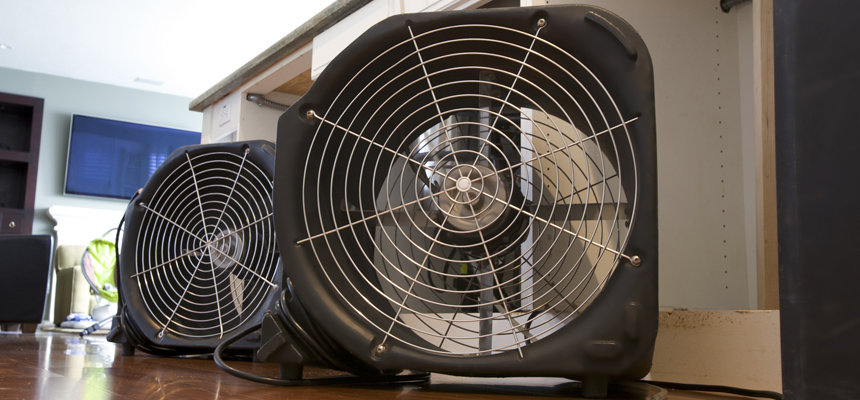Proactive Planning in case of Fire and Water Disaster
Fire and water disasters can strike any home or business, and if the owners happen to have sensitive electronic data or machinery, then damage can cost them dearly. If you happen to be a fire and water damage contractor working on behalf of one of these people. It may be in all your best interests to implement some preventative measures. Rather than face the challenge of restoring or replacing valuable information or expensive machinery. To that effect, here are a few handy strategies to help keep valuable goods safe during a fire, flood, or another water disaster. Take notes:
Protecting Data by using cloud-based backups
Because fire and water can destroy servers or drives stored on-site, it’s a good idea to keep backups of important information elsewhere. Use a cloud-based backup such as iDrive or Carbonite to store your financial records, contact databases, and other sensitive data. If something does happen to your on-site information storage, you’ll be glad that you did.
Having insurance paperwork
You’ll want to make sure that an insurance policy is in place for the information and equipment you’re responsible for. But you’ll also want to ensure the records of that policy are safe too—just to keep your bases covered. Without your paperwork, there’s no guarantee that you’ll be able to cash in on your policy, even if it does cover the damages. That’s why having extra copies—physical ones—is vital. Don’t just keep copies on your desk, either. Make sure they’re somewhere that won’t be affected if the emergency they’re supposed to cover strikes. Maintaining a copy in a separate location like your car or a safety deposit box helps to make sure your insurance paperwork isn’t destroyed in the same fire. Or flood that damages the items it’s meant to protect.
Having warranties on critical equipment
Insurance is fantastic, but you can double your protection if you’re sure to buy equipment that comes with a warranty. Warranties often cover fire and flood damage, and in many cases. You can opt to purchase extended warranties at the time of purchase that protects your equipment for extended periods. Make sure to read the information in your warranty agreements carefully. You don’t want to spend extra money on a warranty just to find out that you don’t have cover for fires and floods. Keeping a sharp eye on the fine print is always a good idea.
Next, the equipment is disassembled, and each component cleaned. Highly trained electronics professionals are used for this step. Since this part is the most detail-oriented and requires considerable knowledge of how to clean each part. Optical and chemical quality testing follows, after which the device is reassembled, adjusted, and returned to service.
Having up to date software
Finally, make sure always to update your software to the latest versions. Keeping your software updated often results in the data you store in various applications being saved and backed up to the parent company’s servers (for more detail on this, read the user agreements for your software carefully). A simple example is iTunes—if you’re using a recent version of the app, your purchases will be kept track of via the App Store. And you’ll be able to download them again, even if something happens to your device.
No matter what you do, disasters can still occur—and there’s always the possibility that they’ll take out equipment or valuable data. On July 11, 2012, a fire at an IBM data center in Calgary. Alberta temporarily brought down several government services (including 911). And similar incidents have occurred around the world from time to time in recent years. Of course, electronic restoration can often be used to handle these kinds of situations, but it’s better to prevent than cure. Stay vigilant—you’ll find it’s worth your while.

